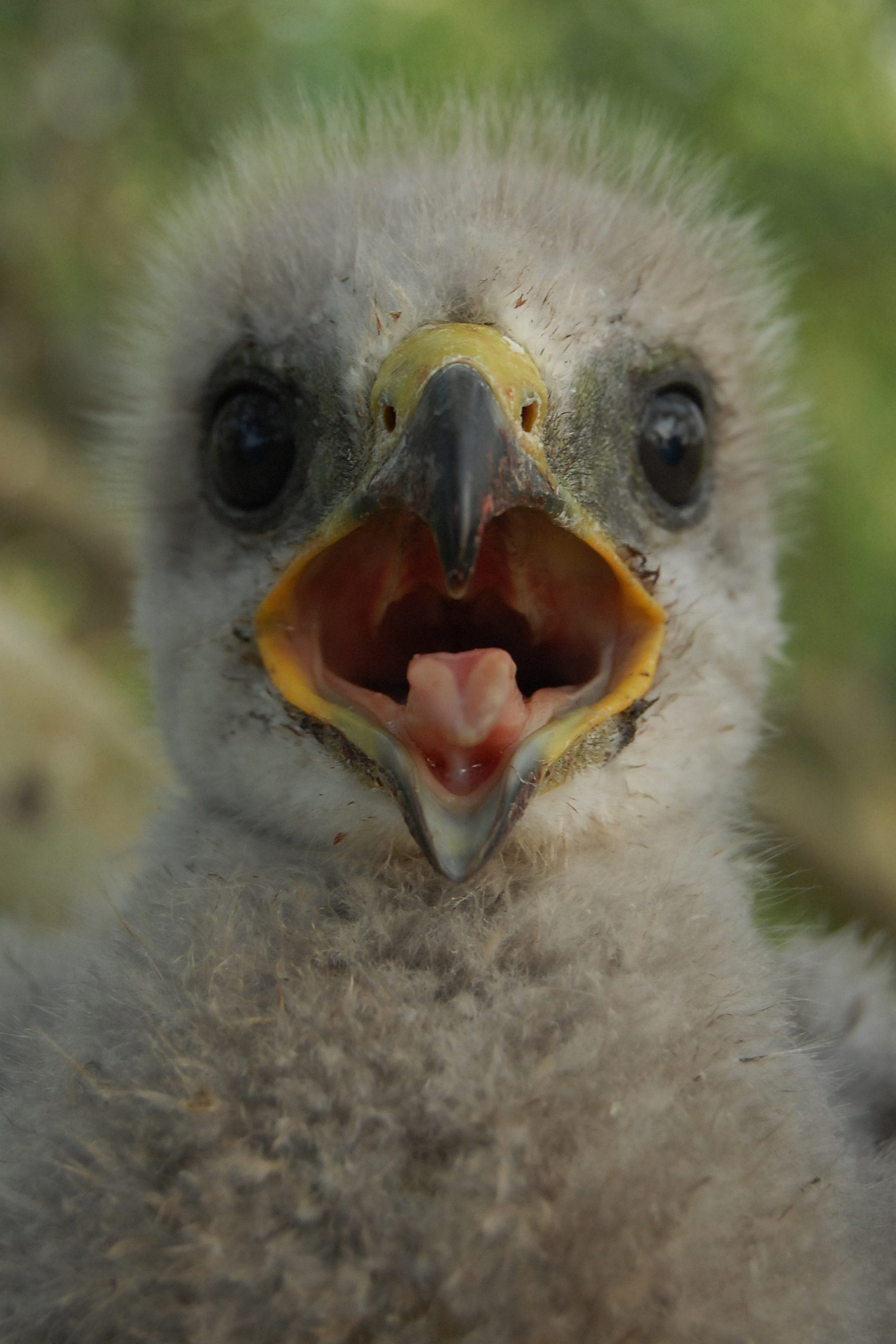The number of sightings in 2020 are up. The annual bald eagle count showed that 24 of our magnificent national symbols were calling the Lake Tahoe Basin home this year.
The second Friday in January is designated for the official Mid-Winter Bald Eagle count. As part of the nationwide effort, about 90 volunteers from the Tahoe Institute for Natural Science (TINS) fanned out across our basin, binoculars at the ready. Two dozen bald eagles were spotted this January.
Bald eagles were plentiful in1782 when they were adopted as America’s national bird. Their population began to decline, not only due to loss of habitat, but to poisoning and poaching as well. People believed the eagles were a threat to livestock, and a competitor for hunting game.
By 1940 bald eagles were almost at the point of extinction. Congress passed the Bald Eagle Protection Act, prohibiting killing, selling or possessing them.
However, in 1945 DDT became available in the United States and its use spread rapidly. Eagle populations began to plummet. DDT, effective in controlling many insect pests, poisoned America’s waterways and contaminated the food chain. DDT also proved to be instrumental in eggshell thinning. Female bald eagles can weigh as much as 14 pounds, so it’s easy to imagine what would happen to a thin shelled egg during incubation.
By 1963, only 487 nesting pairs of bald eagles remained in the United States. It took almost 10 years for the U.S. to ban the use of DDT, but shortly after the 1972 ban went into effect, our eagle population began to rise.
These days over 10,000 nesting pairs live in the lower 48 states. Additionally, it’s been estimated that there are over 30,000 bald eagles in Alaska.
Even though the bald eagle is no longer in danger of immediate extinction, a loss of habitat is still a concern. Eagles need large mature trees for perching and roosting, and especially for building their nests, which can be up to 5 feet in diameter and as much as 2 feet deep. Eagle pairs prefer to use the same nest year after year, adding to it each breeding season. Older nests weigh as much as a ton. That calls for strong branches on a large tree.
No one ever feels complacent at the sight of a bald eagle. Residents of the Tahoe area always catch their breath when they spot those white heads and enormous outstretched wings cruising the mountain air currents.
Let’s all remember to keep them safe. A blue Tahoe sky without eagle wings? Never!


 Facebook
Facebook
 Twitter
Twitter
 Pinterest
Pinterest
 Copy Link
Copy Link
